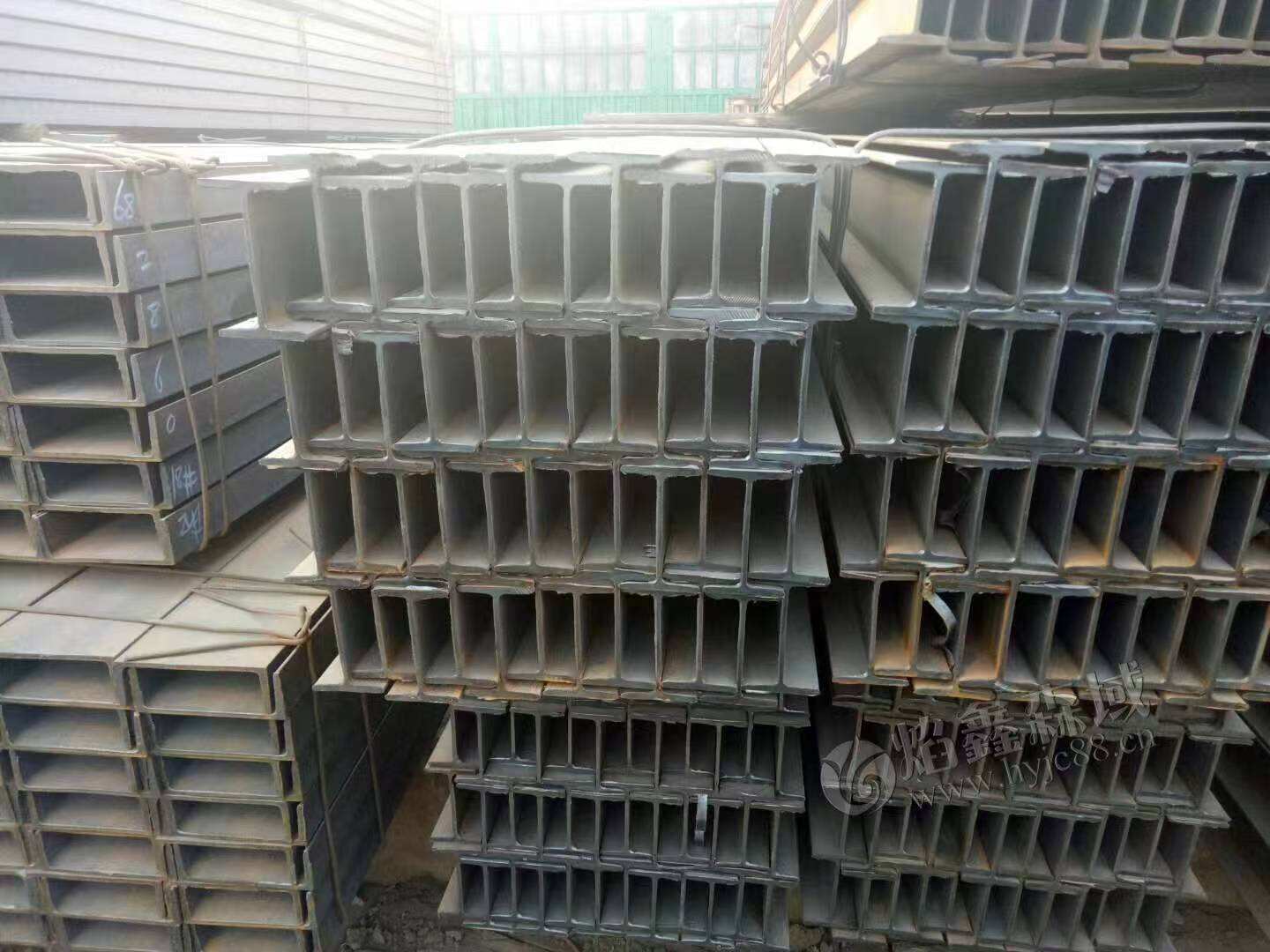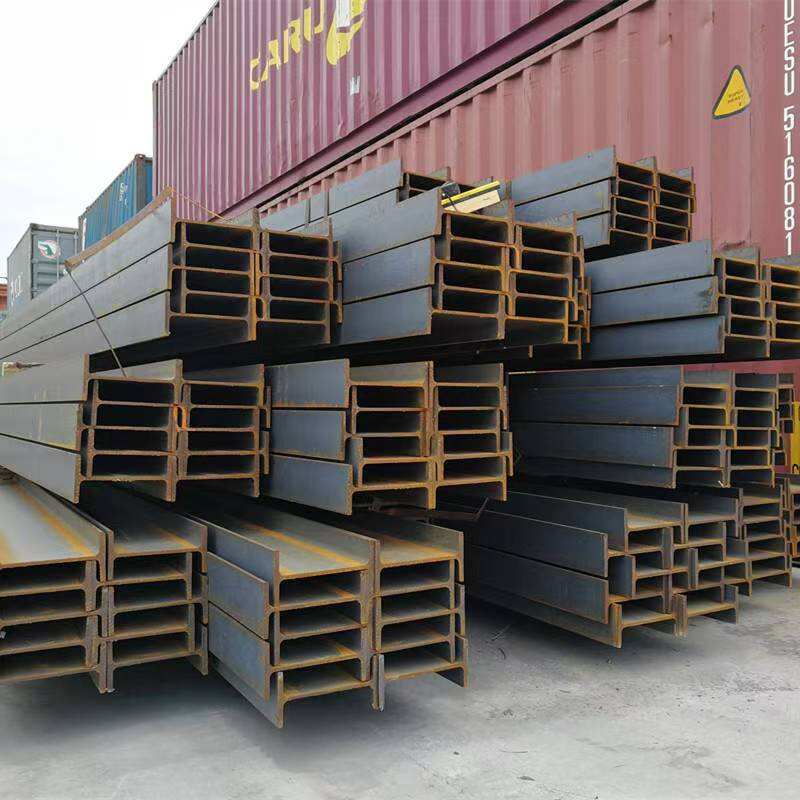The Revolutionary Impact of Steel Construction on Modern Architecture
Modern architecture has been fundamentally transformed by the integration of steel beams, creating structures that not only push the boundaries of design but establish new standards for building safety. These robust structural elements serve as the backbone of contemporary construction, enabling architects and engineers to create buildings that stand tall against time and nature while protecting their occupants with unparalleled reliability.
Steel beams have revolutionized the way we approach building design, offering a perfect blend of strength, versatility, and durability. Their implementation has become increasingly sophisticated, with advanced engineering techniques allowing for more creative and secure architectural solutions that were previously impossible with traditional building materials.
Structural Integrity and Load-Bearing Capabilities
Superior Strength-to-Weight Ratio
Steel beams provide an exceptional strength-to-weight ratio that makes them indispensable in modern construction. This remarkable characteristic allows buildings to support massive loads while maintaining a relatively lightweight structure. The high tensile strength of steel beams enables them to withstand both compression and tension forces, making them ideal for creating large, open spaces without compromising structural integrity.
When compared to other building materials, steel beams demonstrate superior performance in load distribution. Their ability to span greater distances while supporting substantial weights has enabled architects to design more spacious interiors with fewer support columns, all while maintaining crucial safety standards.
Resistance to Natural Forces
Buildings constructed with steel beams exhibit remarkable resistance to natural forces such as earthquakes, high winds, and heavy snow loads. The ductile nature of steel allows these structural elements to flex without failing, absorbing and dissipating energy from seismic events and other environmental stresses.
The implementation of steel beams in zones prone to natural disasters has proven particularly valuable, as they provide the necessary structural resilience to withstand extreme conditions. This adaptability and strength contribute significantly to occupant safety during severe weather events or geological disturbances.

Fire Safety and Protection Measures
Advanced Fire-Resistant Treatments
While steel beams themselves are non-combustible, their structural integrity can be affected by extreme heat. Modern construction addresses this through sophisticated fire protection systems. Intumescent coatings and fire-resistant materials are applied to steel beams, creating a protective barrier that significantly extends their resistance to high temperatures during fire incidents.
These protective measures ensure that steel beams maintain their structural properties long enough for building evacuation and emergency response procedures to be executed safely. The combination of steel's inherent strength and advanced fire protection technologies provides a robust defense against fire-related structural failures.
Integration with Fire Suppression Systems
Steel beam construction allows for seamless integration of comprehensive fire suppression systems. The predictable behavior of steel under various conditions enables engineers to design more effective fire protection strategies, including sprinkler systems and smoke evacuation mechanisms that work in harmony with the building's structural elements.
The strategic placement of steel beams also facilitates the creation of fire compartments and escape routes, essential components of modern building safety designs. This systematic approach to fire safety demonstrates how steel beam construction contributes to comprehensive building protection strategies.
Durability and Long-Term Safety Benefits
Resistance to Environmental Factors
Steel beams exhibit remarkable durability against environmental factors that typically deteriorate building materials. When properly treated and maintained, steel beams resist corrosion, pest infestation, and decay, ensuring the long-term structural integrity of buildings. This durability translates directly into sustained safety performance throughout a structure's lifetime.
Modern protective treatments and coatings further enhance the natural resilience of steel beams, extending their service life and maintaining their structural properties even in challenging environmental conditions. This longevity reduces the need for frequent repairs or replacements, maintaining consistent safety standards over time.
Maintenance and Inspection Advantages
The use of steel beams in building design facilitates easier maintenance and inspection procedures. The predictable nature of steel allows for systematic assessment of structural health, enabling early detection of potential issues before they compromise building safety. Regular inspections can be conducted more efficiently, as steel beams provide clear indicators of structural stress or damage.
Modern monitoring technologies can be effectively integrated with steel beam construction, allowing for real-time assessment of building performance and safety parameters. This proactive approach to maintenance ensures that potential safety concerns are identified and addressed promptly.
Sustainable Safety Solutions
Environmental Impact and Safety Correlation
Steel beams contribute to both environmental sustainability and building safety. The recyclability of steel means that structural elements can be repurposed without losing their essential properties, reducing the environmental impact of construction while maintaining high safety standards. This sustainable approach to building design ensures that safety measures can be implemented without compromising environmental responsibilities.
The production and implementation of steel beams have become increasingly efficient, with modern manufacturing processes reducing waste and energy consumption while maintaining strict quality control standards. This efficiency translates into more reliable and consistent safety performance in building applications.
Future-Proof Design Considerations
Steel beam construction allows for adaptable building designs that can accommodate future safety requirements and technological advancements. The inherent strength and versatility of steel beams provide architects and engineers with the flexibility to incorporate new safety features and upgrade existing systems without compromising structural integrity.
As building codes and safety standards evolve, structures built with steel beams can more readily adapt to new requirements, ensuring long-term compliance and protection for occupants. This forward-thinking approach to building design demonstrates the enduring value of steel beam construction in maintaining and enhancing safety standards.
Frequently Asked Questions
How long can steel beams maintain their structural integrity?
Steel beams, when properly maintained and protected, can maintain their structural integrity for 50 to 100 years or more. Regular inspections and appropriate protective treatments ensure their longevity and continued safety performance throughout a building's lifetime.
What makes steel beams particularly effective in earthquake-prone areas?
Steel beams excel in seismic zones due to their ductility and ability to flex without failing. Their high strength-to-weight ratio and capacity to absorb and distribute energy make them ideal for earthquake-resistant construction, allowing buildings to withstand significant seismic forces while maintaining structural integrity.
How do steel beams contribute to overall building cost efficiency?
While the initial cost of steel beams may be higher than some alternatives, their longevity, reduced maintenance requirements, and superior performance characteristics often result in lower long-term costs. Their durability and reliability minimize the need for repairs and replacements, while their strength allows for more efficient use of space and materials in construction.



